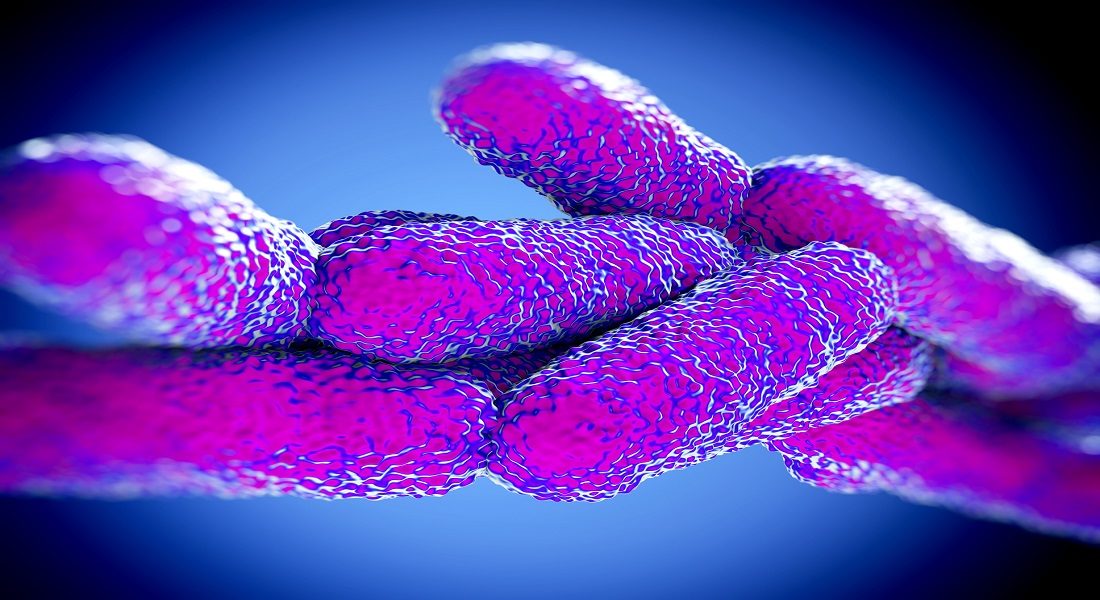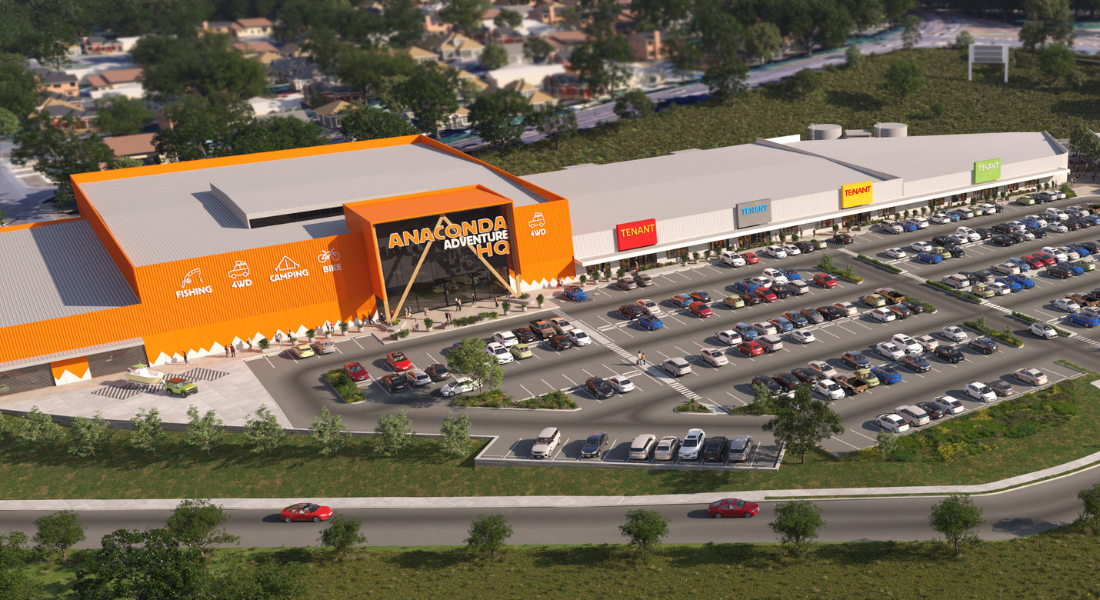What Causes Legionnaires’ Disease in Air Conditioning? | How to Avoid an Outbreak

WHY DO YOU NEED TO MAINTAIN YOUR COOLING WATER SYSTEM?
2021 has seen a rise in Legionnaires’ disease, with 17 cases throughout Sydney and the Illawarra in January alone. In response, NSW Health has encouraged building owners to closely monitor the maintenance of their air conditioning systems. The Public Health Regulation 2012 requires owners to service their cooling towers frequently. The disease does tend to climb at the end of summer, but this year’s surge goes beyond the typical seasonal spike.
The Symptoms, The Sickness
Yes – air conditioning units can be an origin of Legionnaires’. The Legionella Pneumophila bacteria causes the disease, and it’s often connected to contaminated aircon plants in large buildings. Symptoms include a severe pneumonia-like chest infection and fever, chills, cough, muscle aches, and shortness of breath. The disease doesn’t spread from person to person, but these symptoms mirror COVID-19, which could prove confusing.
The Downside? Downtime
Aside from the health risk and impact on workplace confidence – there’s downtime. To decontaminate cooling towers, you have to shut them down. This means during the removal of the Legionella bacteria, the people in your building will have to sweat it out without aircon. While Legionella is dangerous for the general population, it mostly affects middle-aged and older people and those with respiratory issues and compromised immune systems.
When it comes to Legionella, there’s no time to waste. In temperatures between 20 and 45 degrees Celsius, the bacteria grows and multiplies – fast. So how will an outbreak of Legionella affect me, and can I prevent an outbreak?
Reducing the Risk
There was a recent discovery of Legionella bacteria in a non-operational cooling tower in Haymarket, NSW. Authorities alerted anyone in the area during the previous weeks to look out for symptoms. With an incubation period of up to 10 days, many residents were on-edge. This is a scenario that plays out too many times.
The Response
When there’s a Legionnaires’ outbreak in NSW – laboratories and hospitals notify the NSW Public Health unit. Health staff then talk to patients and investigate all possible exposure sites 2-10 days before symptoms showed up. Epidemiologists then compare these locations with the exposures reported by other recently-diagnosed patients. If there’s only one infected person, finding the source is challenging as Legionnaires’ is common in the environment. Multiple infections make common exposure areas easier to locate.
A cooling tower can contaminate another nearby tower through air and water vapour. Even a regularly-maintained tower could be the site of the original infection but may test negative because the regular cleaning may decontaminate it before any patient diagnoses. To help with this, NSW Health is working on whole-genome sequencing tests which match the strain of Legionella in patients with particular cooling towers.
Once Upon a Tower
An HVAC system creates a comfortable space to live and work by moving heat in and out of internal areas. With an evaporative cooler or open and closed circuit systems, cooling towers serve to ‘reject’ or move heat out of a building via water evaporation.
Cooling towers aren’t new. Originally developed to save water, they eventually replaced ‘once through’ cooling systems and are now standard across various industries. Although their evolution has increased the capacity for designers to cool areas without using loads of water, towers aren’t always fitted competently.
But as sustainability and product innovation gain momentum – new materials, modern manufacturing and improved system control and configurations are now a priority. Alongside these advances in engineering and design, the link between cooling towers and Legionnaires’ disease is shifting. Owners and authorities now know reduced risk comes with sound management.
Decontamination Deconstructed
Cooling towers rely on watertight maintenance; precise, mandatory care to stay ahead of any performance problems. Inefficiency can be dangerous because of the chain reaction it activates. To aid in this proactive approach, environmental health officers now carry out door to door inspections of cooling towers. Predictive maintenance tends to small mechanical and data issues before they become or signal a breakdown. This needs to be coupled with careful cleaning to target any mould or bacteria.
While this keeps the exterior in top shape, the interior is a different story. A chemical cleaner breaks down water clogs and surface scaling. As the foul water funnels out and any debris is collected, the cleaning agents also remove pollen, moss and any growths that could house dangerous microorganisms. Thorough cleaning of drift eliminators, fan housings, pumps, and the tower’s basin and treating the water is essential.
Your Local Authority
It’s all about maintaining your cooling water systems following the Public Health Act in your state:
Reduce your risk: schedule monthly maintenance of your HVAC system with us, including cooling towers. Grosvenor Engineering Group’s rigorous and specialised regime meets the AS3666 standards of cooling water systems maintenance.




